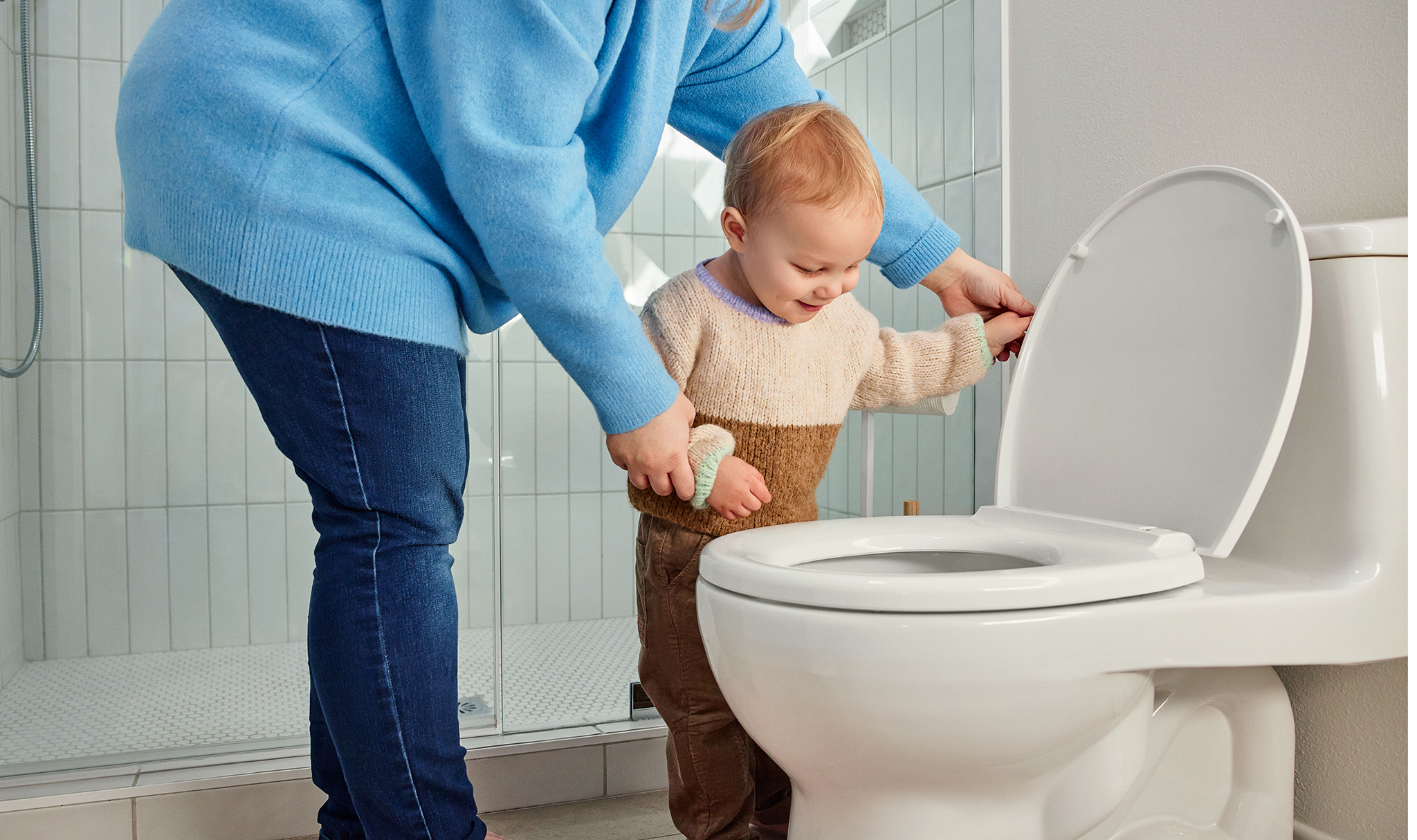Toilet Training
When to Start Potty Training?
The right time to start potty training can vary from child to child, as each child develops at their own pace. However, most children are ready to start potty training between 18 and 24 months of age. Some signs that your child may be ready for potty training include:
- Showing interest: Your child may show interest in the toilet or potty chair, or may want to imitate adults or older siblings using the toilet.
- Staying dry for longer periods: Your child may be able to stay dry for at least two hours at a time, which may indicate that their bladder muscles are developing.
- Recognizing the need to go: Your child may start to recognize when they need to urinate or have a bowel movement, and may communicate this to you in some way.
- Ability to follow simple instructions: Your child should be able to understand and follow simple instructions, such as sitting on the potty when asked.
- Showing independence: Your child may start to show signs of wanting to be more independent, which can include wanting to dress or undress themselves.
It’s important to remember that potty training is a process that takes time, and accidents are a normal part of the learning process. It’s also important to be patient and supportive with your child as they learn this new skill. If you have concerns about your child’s readiness for potty training, or if you’re having difficulty with potty training, it may be helpful to talk to your child’s healthcare provider for guidance and support.
How to begin potty training?
Potty training, also known as toilet training, can be a challenging but rewarding milestone for both children and parents. Here are some steps to help you begin potty training:
- Choose the right time: Look for signs of readiness in your child, such as showing interest in the toilet or potty chair, staying dry for longer periods, and recognizing the need to go. It’s also helpful to choose a time when there are no major disruptions or changes in your child’s routine.
- Introduce the concept: Start by talking to your child about using the potty and explain how it works. You can also let them watch you or an older sibling use the toilet to help them understand.
- Get the right equipment: Purchase a potty chair or a seat insert for the toilet that is comfortable and safe for your child to use. Let your child choose their potty chair or seat insert to make them feel more involved in the process.
- Set a routine: Establish a regular potty schedule, such as after meals or before bedtime, and encourage your child to sit on the potty at these times. Be patient and give them plenty of time to try.
- Use positive reinforcement: Praise your child for trying, even if they don’t succeed at first. You can also use stickers, small treats, or a chart to track their progress and provide motivation.
- Be patient and consistent: Potty training can take time, and accidents are normal. Stay calm and supportive, and avoid punishing or shaming your child for accidents.
- Encourage independence: Encourage your child to dress and undress themselves, and to use the potty independently as much as possible. This helps them feel more in control of the process.
- Transition to underwear: Once your child is comfortable using the potty, you can transition to underwear during the day. Make sure to remind them to use the potty regularly.
- Nighttime training: Nighttime dryness usually takes longer to achieve than daytime dryness. You can use pull-up diapers or protective covers on the bed until your child is consistently dry at night.
- Celebrate successes: Celebrate your child’s successes and milestones along the way to keep them motivated and positive about the potty training process.
Remember that every child is different, and what works for one child may not work for another. It’s important to be patient, consistent, and supportive throughout the potty training process.




